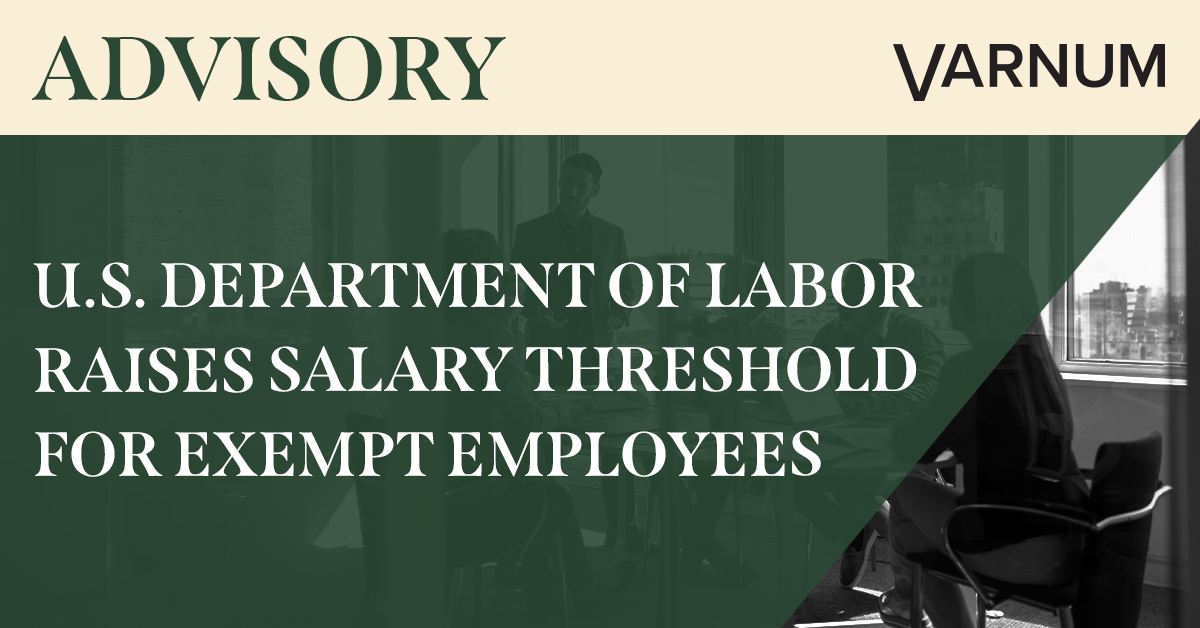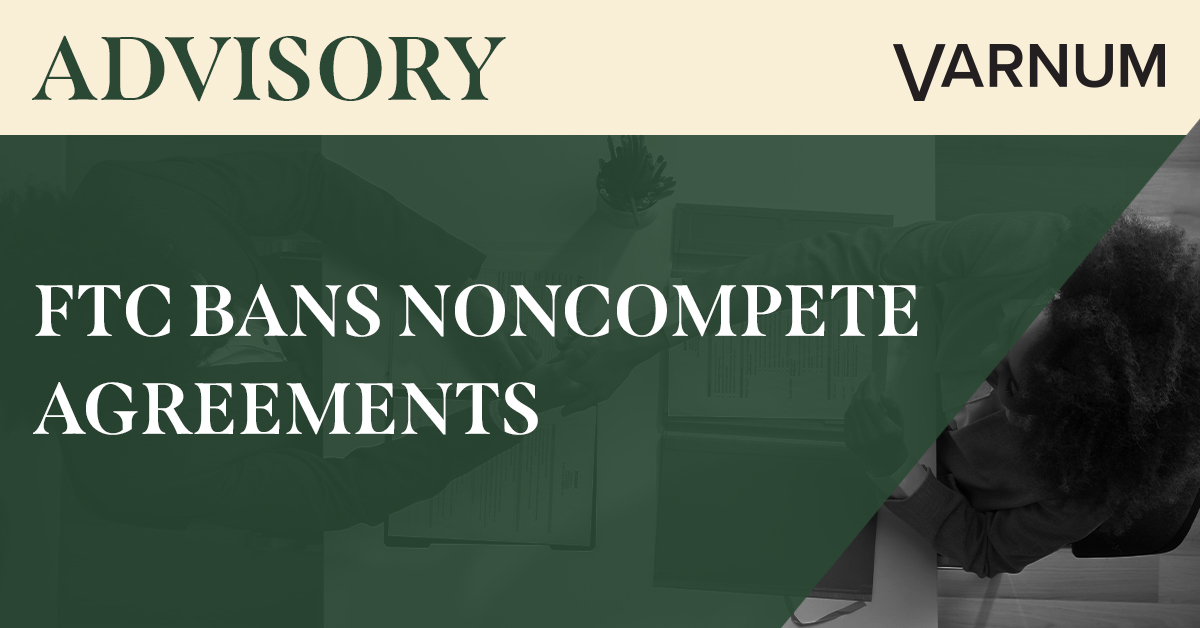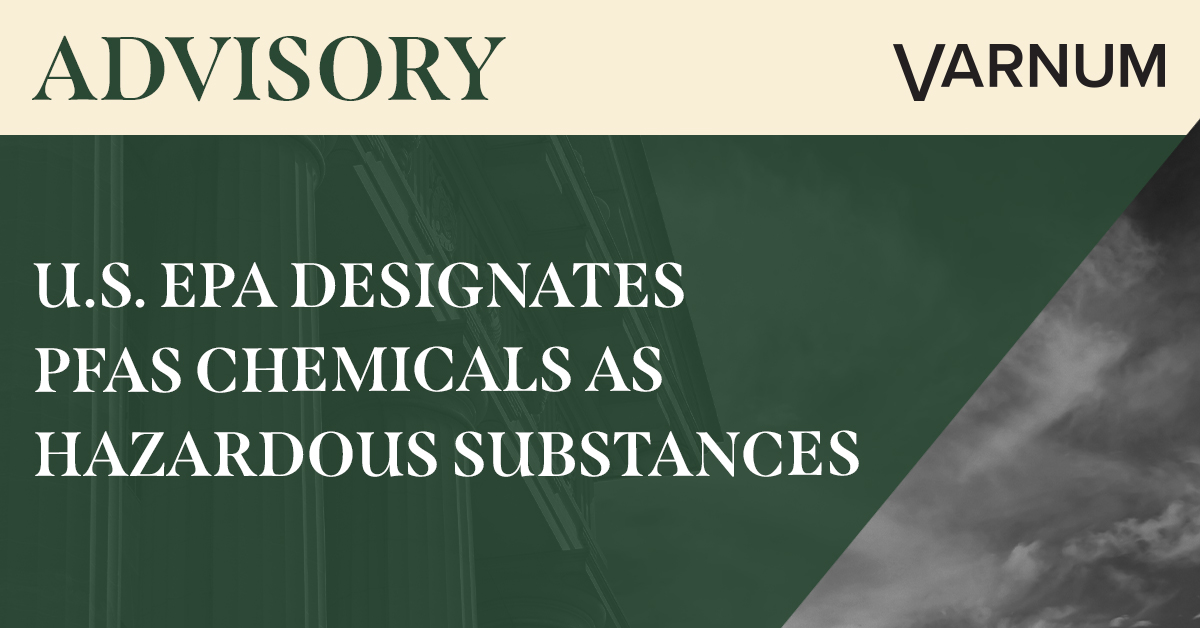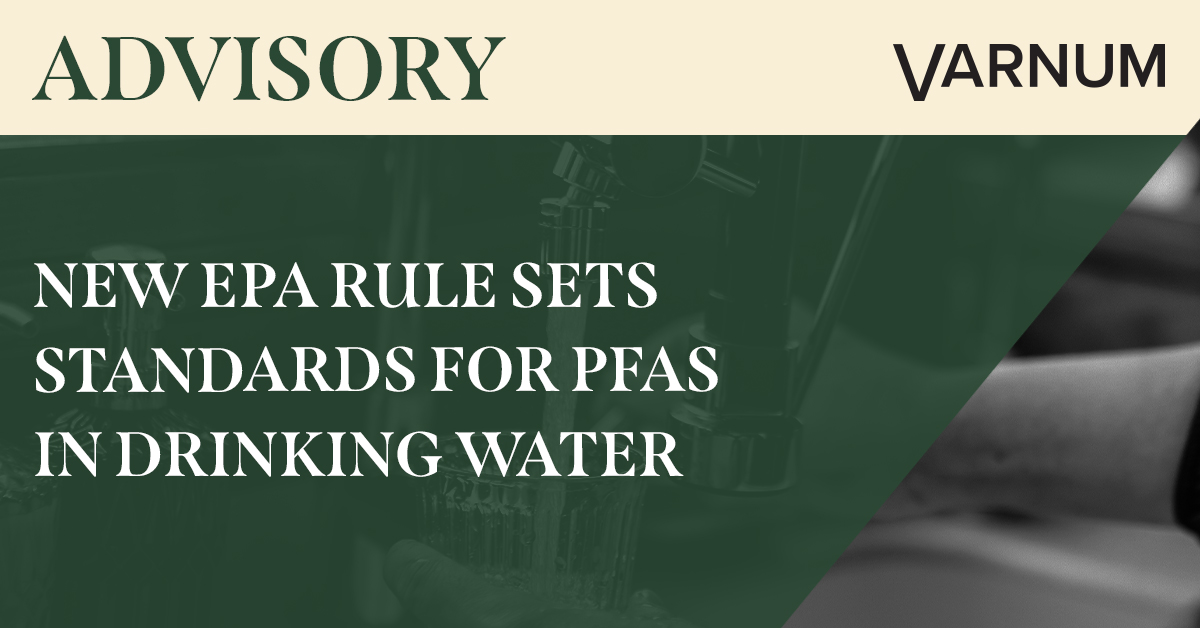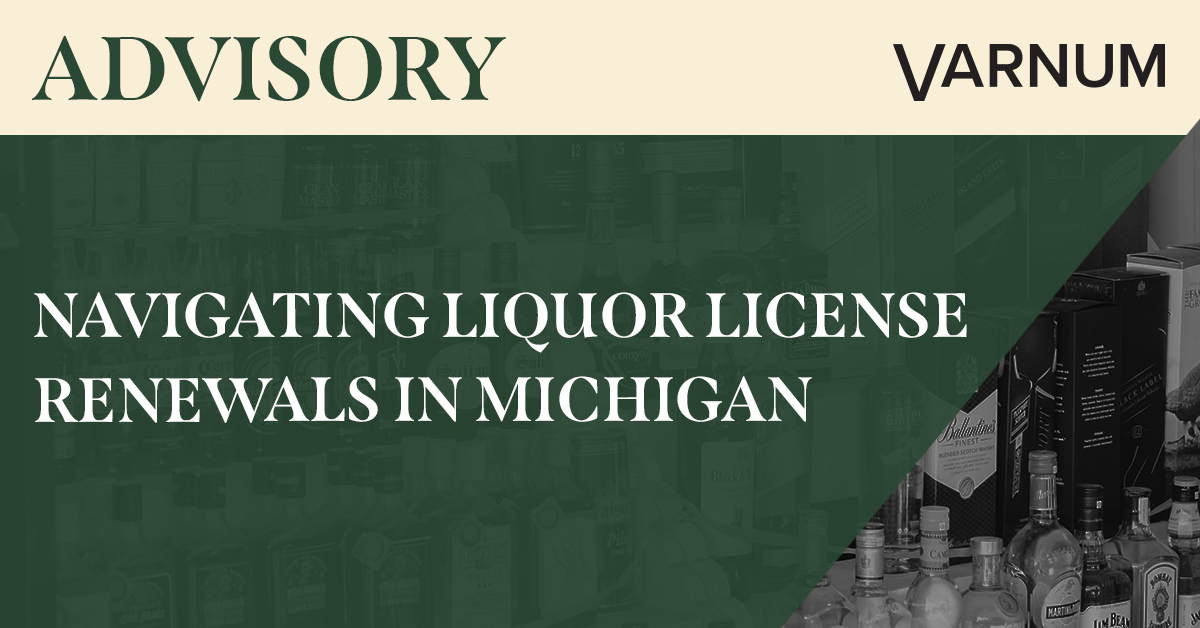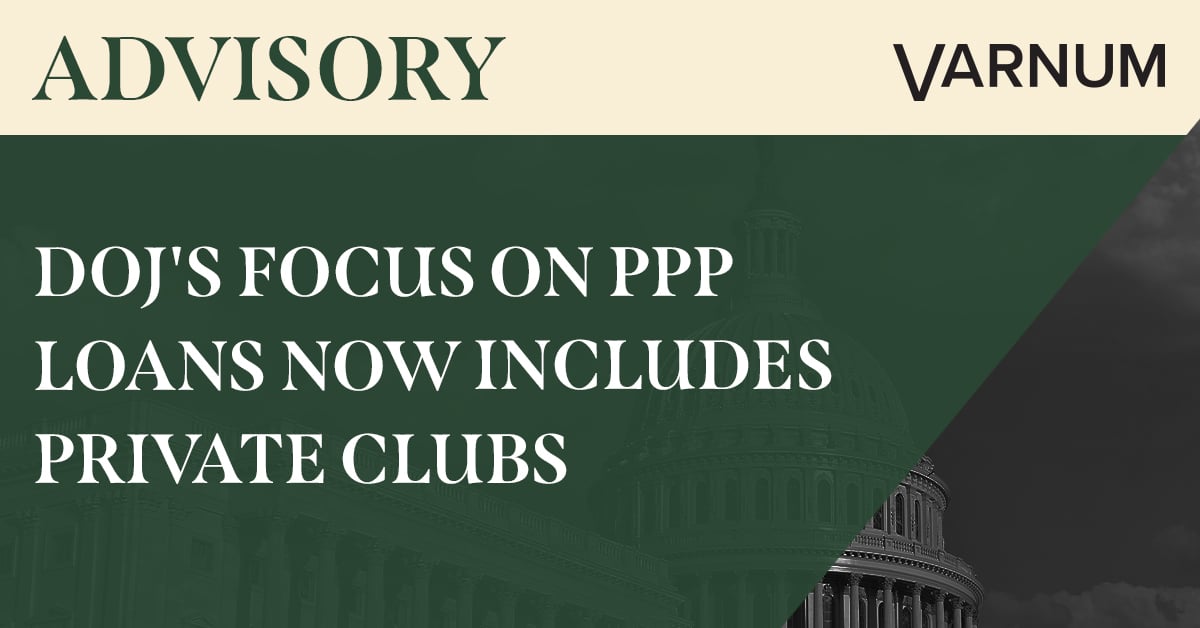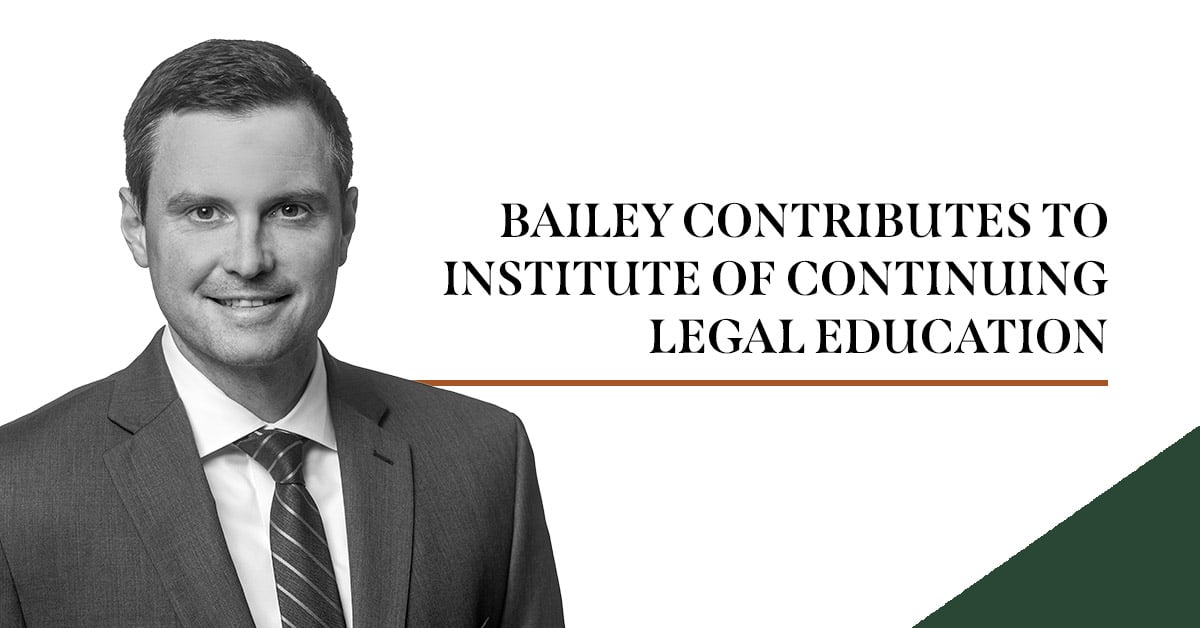The U.S. Department of Labor (DOL) has issued a final rule that significantly raises the required salary threshold for many salaried exempt employees starting July 1, 2024. Under this final rule, issued on April 23, 2024, the guaranteed salary that most employees must receive to qualify as exempt from the overtime rules will increase dramatically over the next nine months. Effective July 1, it will jump from $35,568 per year to $43,888 per year; and then just six short months later, on January 1, 2025, it will jump to $58,656 per year.
Under the Fair Labor Standards Act, employees who work in executive, administrative, professional, and certain computer positions must generally meet both the salary basis test and the job duty requirements to be classified as exempt from the overtime rules. In addition to being paid on a salary basis (which means there can be no deductions from salary, subject to certain limited exceptions), the threshold salary is currently $684 a week, amounting to $35,568 annually. The final rule raises the threshold for salaried employees significantly, according to the following schedule:
- Effective July 1, 2024: $844 per week (equivalent to $43,888 per year)
- Effective January 1, 2025: $1,128 per week (equivalent to $58,656 per year)
- Effective July 1, 2027, and every three years thereafter: To be determined based on available earnings data
In addition, the new rule increases the total annual compensation threshold for highly compensated employees from $107,432 per year to $132,964 per year effective July 1, followed by yet another increase to $151,164 per year effective January 1, 2025. This will result in an increase of nearly $44,000 per year to the salary threshold necessary to qualify for the highly compensated employee exemption.
It is widely expected that various business and industry groups may file suit to attempt to block these changes from taking effect. Many employers may remember that a similar scenario occurred in 2016, when the DOL under the Obama Administration proposed a large increase in the salary threshold for these white collar exemptions, before that increase was blocked by court action. If the final rule issued by the DOL is not blocked through court action, it will mean significant changes for employers in compensation structure, as more employees nationwide will qualify for overtime pay unless their salaries are increased over the new threshold.
Employers should immediately review their workforces to determine what changes, if any, may be necessary if the final rule takes effect. Possible considerations include:
- Raising the annual salary of employees who meet the duties test to at least $43,888 as of July 1, and $58,656 as of January 1, 2025, to retain their exempt status;
- Converting employees to non-exempt status and paying the overtime premium of one-and-one half times the employees’ regular rate of pay for all overtime hours worked; or
- Converting employees to non-exempt status and eliminating or reducing the amount of overtime hours worked by such employees.
Similar considerations should be undertaken with highly compensated employees. While it is wise to review pay practices proactively and identify potential changes that may become necessary, employers may wish to continue to monitor legal developments prior to actually implementing such changes. As employers will recall from 2016, significant changes can occur between the announcement of a final rule and the date on which it is scheduled to become effective.
Employers are encouraged to consult with legal counsel to discuss their options and strategies for implementing these changes, if necessary. Varnum’s Labor and Employment Practice Team stands ready to assist employers with any questions or concerns they may have about this new rule.
